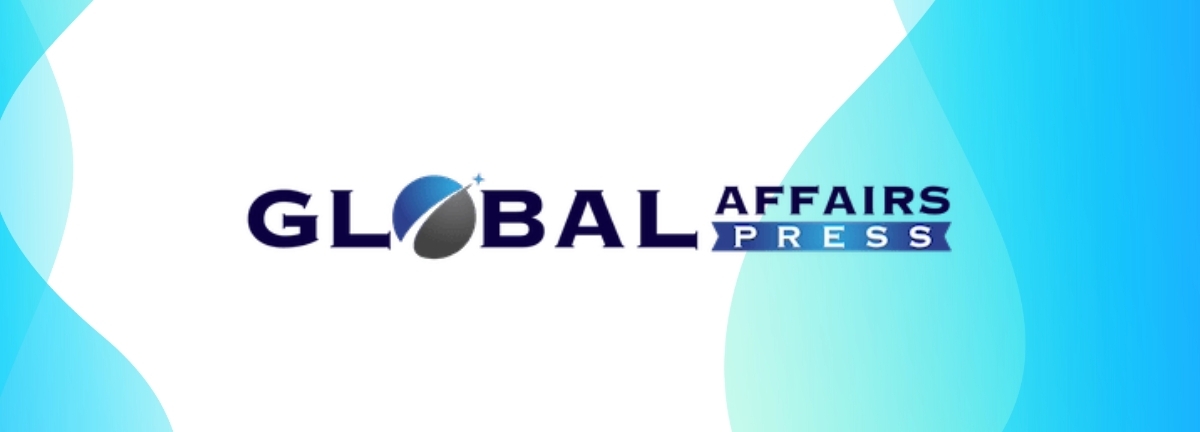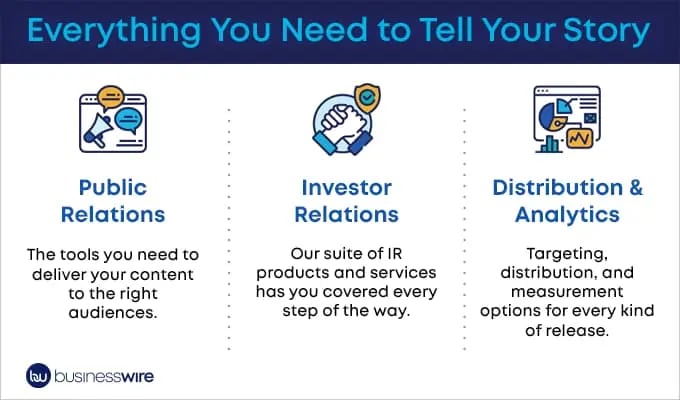

In the realm of public relations, press releases remain a powerful tool to disseminate information and shape public opinion. However, crafting a persuasive press release is not simply about stringing words together; it is a delicate balance of scientific principles and strategic communication.
By understanding the psychology of persuasion, one can unlock the secrets to capturing attention, crafting compelling headlines, and mastering the art of storytelling. But it doesn't stop there – the science of persuasion also delves into the realm of emotional appeals, social proof, and call to action strategies.
In this discussion, we will explore the science behind writing persuasive press releases, analyzing the techniques used, and uncovering ways to improve their effectiveness. So, brace yourself as we embark on this journey of persuasive communication, where every word has the power to captivate and influence.
Understanding the psychology of persuasion is essential for crafting effective and persuasive press releases. Persuasion psychology explores the factors that influence people's attitudes, beliefs, and behaviors, enabling communicators to strategically shape their messages to achieve desired outcomes.
By understanding how individuals process information, make decisions, and respond to various persuasive techniques, press release writers can tailor their content to resonate with their target audience. For example, incorporating social proof, such as testimonials or endorsements, can enhance credibility and increase the likelihood of acceptance.
Utilizing the principle of reciprocity, offering valuable insights or exclusive information can trigger a sense of obligation, prompting individuals to engage with the press release. By applying the principles of persuasion psychology, press release writers can maximize their chances of influencing readers and achieving their communication objectives.
Crafting persuasive press releases requires capturing the attention of the target audience, a crucial step in effectively communicating messages and achieving desired outcomes. In today's fast-paced and information-saturated world, people are constantly bombarded with messages from various sources. As a result, it has become increasingly challenging to capture and maintain their attention.
However, capturing attention is essential because it allows the press release to cut through the noise and stand out from the competition. It is the first step in engaging the audience and persuading them to take action. To capture attention, press releases should have compelling headlines, concise and clear messaging, and a relevant and timely angle.
Additionally, incorporating visual elements, such as images or videos, can further enhance the appeal and capture attention effectively. By capturing attention, press releases can increase their chances of success and achieve the desired outcomes.

Having mastered the art of storytelling, brands can now harness the power of emotional appeals to further captivate their audience in persuasive press releases. Emotional appeals tap into the human psyche, evoking strong feelings and creating a deeper connection with the reader.
By incorporating emotions such as joy, fear, or empathy into their press releases, brands can elicit a response and compel action. For example, a healthcare company can appeal to the fear of illness or the desire for a better quality of life. However, it is crucial to strike the right balance and avoid manipulating emotions or being overly sentimental.
Authenticity and sincerity are key in utilizing emotional appeals effectively. By understanding their target audience and crafting compelling narratives, brands can create press releases that resonate with readers on a deeper level.
Brands can enhance the credibility and persuasive power of their press releases by incorporating social proof. Social proof is a psychological phenomenon where people rely on the actions and opinions of others to guide their own behavior. Including social proof in press releases can help build trust and credibility with the target audience.
One effective way to incorporate social proof is by including testimonials from satisfied customers or industry experts. These testimonials provide real-life examples of how the brand's products or services have positively impacted others.
Additionally, brands can showcase awards, certifications, or partnerships with reputable organizations to further establish credibility. By leveraging social proof, brands can strengthen their press releases and increase the likelihood of influencing and persuading their target audience.

To effectively prompt action from readers, press releases should employ strategic call to action strategies. A strong call to action is essential in guiding readers towards the desired action, whether it's purchasing a product, signing up for a service, or attending an event.
One effective strategy is to use clear and concise language that leaves no room for ambiguity. By using action verbs and direct commands, such as "buy now" or "register today," you create a sense of urgency and encourage immediate response. Additionally, providing a sense of value or offering an incentive can further motivate readers to take action.
This could include limited-time offers, exclusive discounts, or free trials. Ultimately, a well-crafted call to action can greatly increase the chances of converting readers into active participants.
When evaluating the success of a press release, it is essential to analyze its performance in order to identify areas for improvement. This analysis can provide valuable insights into how effective the release was in achieving its objectives and reaching the target audience.
One way to assess performance is by examining key metrics such as the number of media pickups, website traffic generated, social media engagement, and conversion rates. By understanding these metrics, PR professionals can determine which aspects of the press release were effective and which ones need improvement.
Additionally, feedback from journalists, clients, and stakeholders can offer valuable insights into the overall impact and effectiveness of the release. Armed with this information, PR professionals can make informed decisions on how to enhance future press releases and maximize their success.

Businesses can ensure that their press releases reach the right target audience amidst the vast online landscape by implementing strategic targeting and distribution strategies. This involves researching and identifying the key demographics and interests of their desired audience, utilizing SEO techniques to optimize press releases for search engines, and utilizing social media platforms and email marketing to reach targeted audiences. Additionally, businesses can leverage media databases and build relationships with journalists and influencers to increase the chances of their press releases being picked up and shared with the relevant audience.
When crafting a headline for a press release, it is important to avoid common mistakes that can undermine its effectiveness. One common mistake is creating a headline that is too long or vague, as it may fail to grab the reader's attention. Additionally, using jargon or complex language can confuse the audience and make the headline less appealing. Lastly, it is crucial to avoid misleading or exaggerated claims in the headline, as this can damage the credibility of the press release.
To maximize the reach of a press release, it is essential to explore different distribution channels. These can include traditional methods such as distributing the release via wire services, email pitches to relevant journalists, and posting on the company's website. Additionally, utilizing social media platforms, industry-specific forums, and targeted online communities can expand the reach even further. A well-rounded distribution strategy that combines both traditional and digital channels can ensure that the press release reaches a wide and diverse audience.